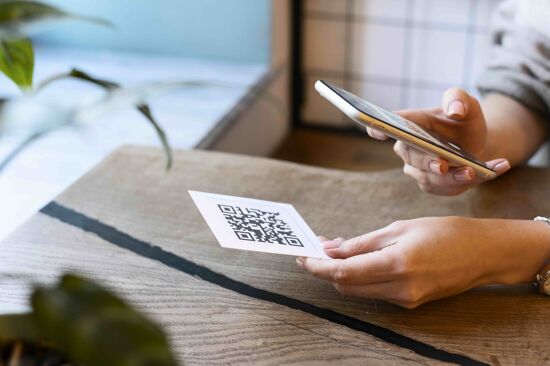Challenges for the graphics industry regarding recycling

The graphics industry is at the heart of the recycling industry, but when it comes to environmental accountability, how solid are its credentials? This is an impossible question to answer, but that doesn’t mean we should all give up on trying to answer it or on pursuing a green agenda.
According to Newton’s third law, for every action there is an equal and opposite reaction. That’s certainly true in physics - not that we really know - but how does it work for the environment? It’s a bit like water in a balloon: squeeze it in one place and a bulge appears somewhere else. Any environmentally friendly choices printers and publishers make should then consider the impact elsewhere in the supply chain and on the overall environment. In graphics, developing a cogent environmental policy starts with accepting that we won’t get it right ever. There will never be a time for any industry sector, in any geography where there are no negative impacts, not even for circular economies.
Take the example of paper cups, even the ones that are supposed to be recyclable. Unless the processing chemistries are set up to handle every type of liner, thick and thin, vegetable or oil based, additional processing steps will be required for the pulping, so these steps must be developed. In the European paper recycling industry, desperate attempts to homogenise waste streams so that only offset and gravure printed papers go for recycling have instead resulted in more paper being incinerated. The European deinking industry is doing a fantastic job of avoiding investment into new processes that can handle all forms of print efficiently and with minimum environmental impact. So fragile is this part of the recycling chain becoming that it effectively discourages the use of print, because it is being branded as environmentally undesirable.
Technological innovation should be the answer to this problem, however those new inventions might themselves have a negative environmental impact. Take email for instance. According to Tim Berners-Lee, inventor of the worldwide web, a year of emails adds the equivalent of “driving 200 miles in an average car”. And yet people still consider email to be an environmentally friendly alternative to paper communications.
Understanding overall environmental impacts, doing Life Cycle Analyses, carbon footprinting your business or individual print runs, have all to be considered in context. But ultimately we cannot have absolute control over every link in a graphics media supply chain. All we can hope for is to make sure that we step lightly and that our carbon footprints are as considerately placed as possible.
This article was produced by the Verdigris Project, an industry initiative intended to raise awareness of print’s positive environmental impact. This weekly commentary helps printing companies keep up to date with environmental standards, and how environmentally friendly business management can help improve their bottom lines. Verdigris is supported by the following companies: Agfa Graphics, EFI, Fespa, HP, Kodak, Kornit, Ricoh, Spindrift, Splash PR, Unity Publishing and Xeikon.
Interested in joining our community?
Enquire today about joining your local FESPA Association or FESPA Direct
Recent news

GenAI + POD: The Smartest Way to Add Personalised Products to Your Retail Offering in 2025
In 2025, GenAI and POD are transforming retail. Masterpiece AI empowers businesses to offer unique, AI-generated personalised products, from apparel to home decor. Customers use text prompts to create custom designs, streamlining production and boosting sales. This revolutionises customer experience and product offerings.
.png?width=550)
What qualities should visionaries in print have? With Folker Stachetzki from Brother
We speak to Folker Stachetzki, Head of Marketing at Brother about visionaries in print.

Bolstering personalisation by combining print and digital technology
Using printed material in combination with digital technologies offers more opportunities to those offering personalisation to customers. Rob Fletcher shares some recent examples of the print and digital working together to enhance the impact of personalised pieces.

European Sign Expo to highlight developments shaping the future of signage and visual communications
European Sign Expo 2025 (6 – 9 May, Messe Berlin, Germany) is weeks away and a host of leading exhibitors are all set to welcome Visionaries from across the signage and visual communications industries to their stands.